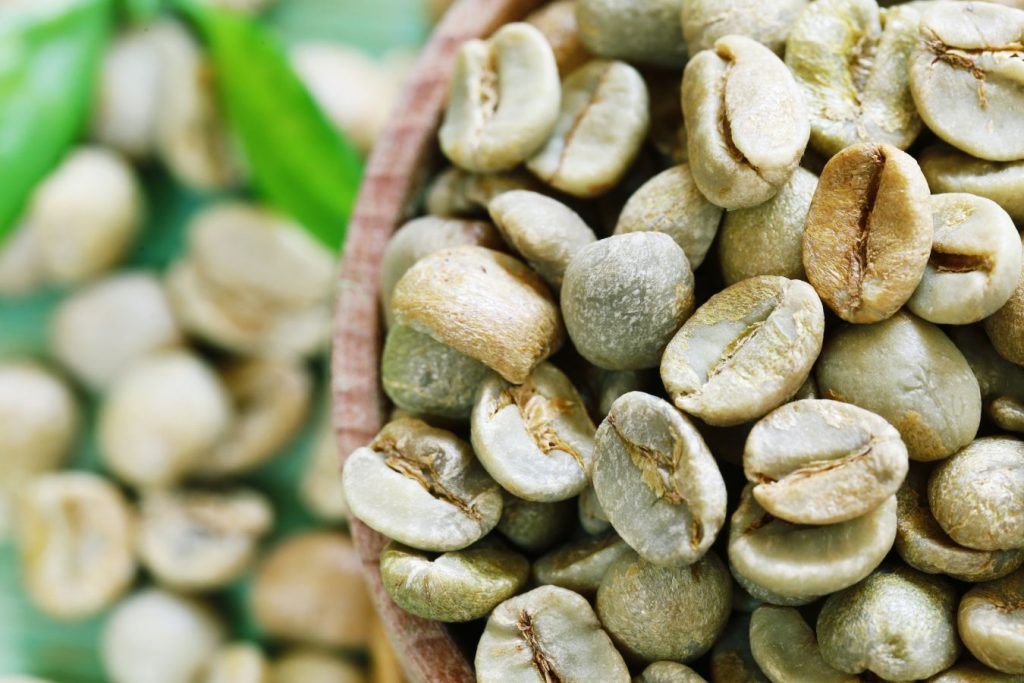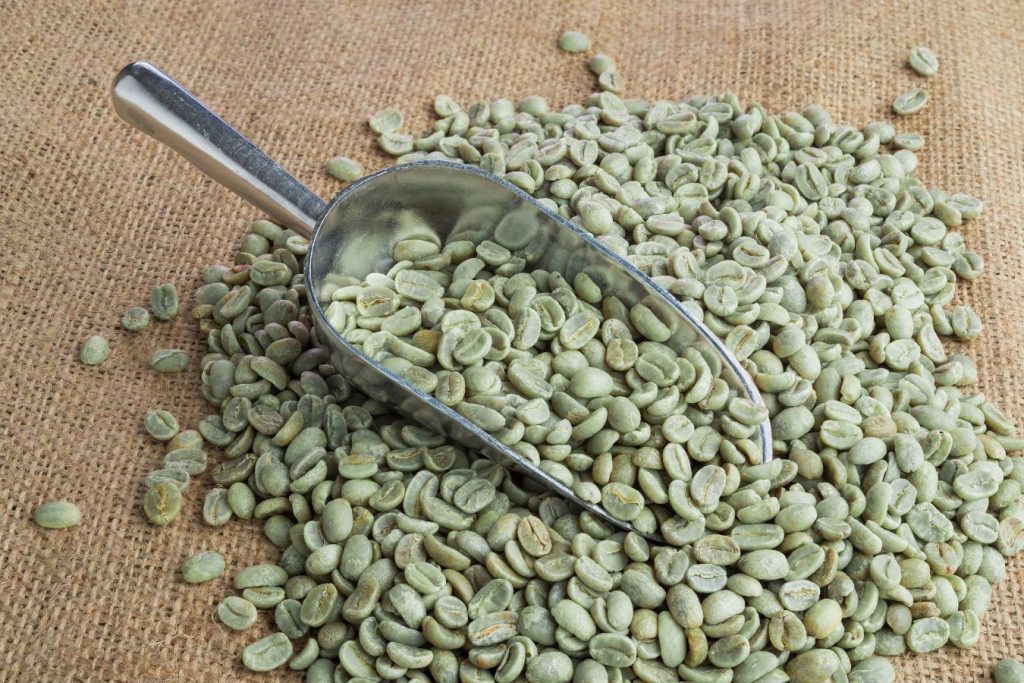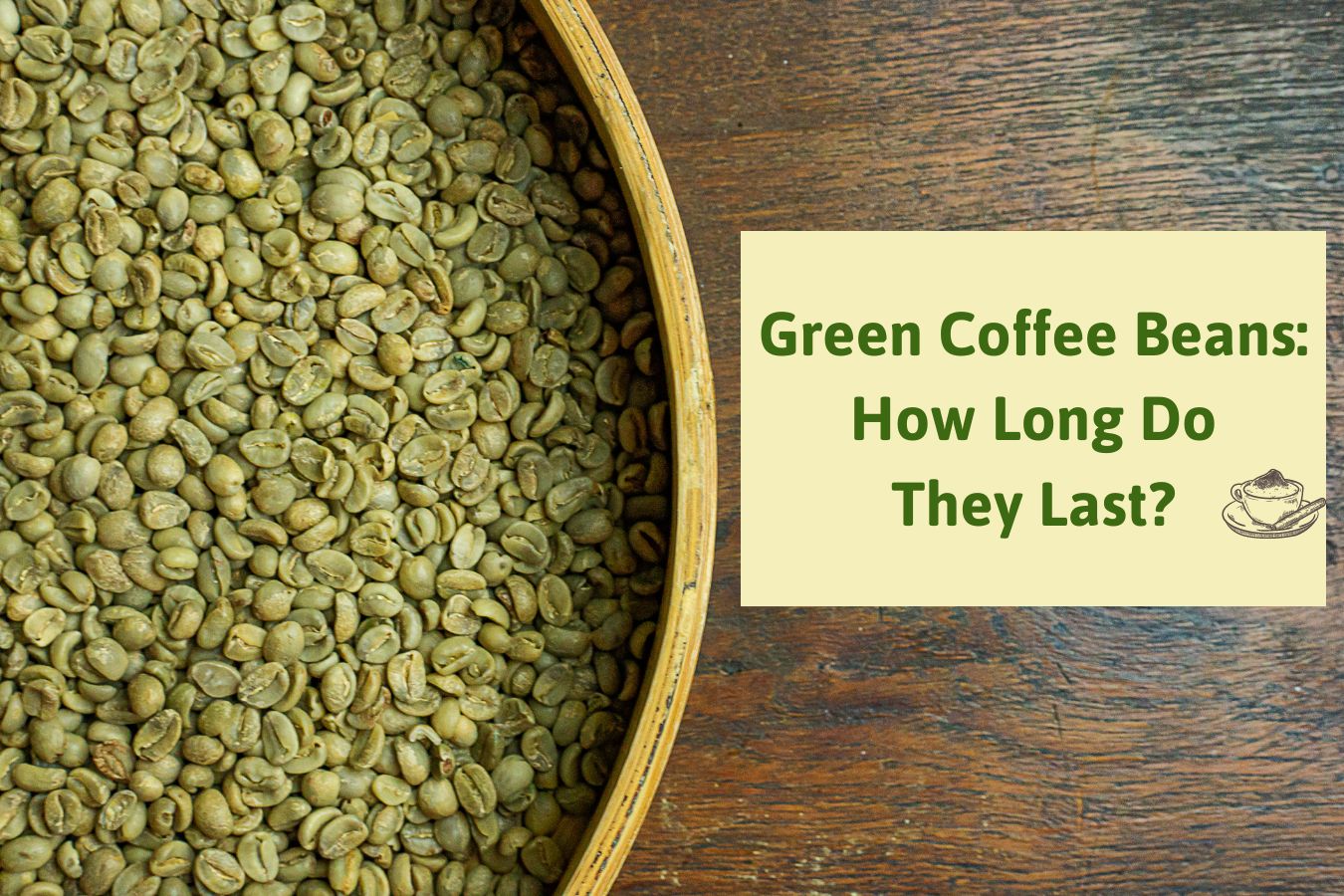
Green Coffee Beans: How Long Do They Last? All outstanding coffee roasters realize that producing high-quality coffee is the key to success. It starts with decent beans, roasting, and brewing. Quality control for great coffee begins before roasting. Green coffee beans should be stored properly. From harvesting to brewing, coffee bean storage affects customer experience. Since the ’90s coffeehouse boom, coffee bean storage knowledge has grown.
What Are Green Coffee Beans?
You consume all of your coffee as a result of a fruit. Depending on the country of origin, multiple coffee processing techniques are used to separate the raw seed from the coffee cherries, known as green beans.Washed, semi-washed, and naturally treated are a few of the typical processing methods. The flavor of the brewed coffee is ultimately influenced by the way the coffee is processed.
Green coffee beans are at their unroasted natural stage; all of the surrounding flesh has been removed, and they have little flavor or scent.There may be some grassy acidic notes that you can detect, but nothing that would entice you to try more. You wouldn’t even recognize green coffee as coffee if you tried drinking it in a blind taste test.
The subtle tastes that have been locked inside the beans are all liberated during the roasting process, turning this unroasted seed into the delicious coffee we all know and love.
The “Maillard reaction”—a chemical reaction that takes place during roasting—causes the inherent sugars in each bean to caramelize and brings out its aroma, body, flavor, and acidity.
What different ways are there to store green coffee beans?
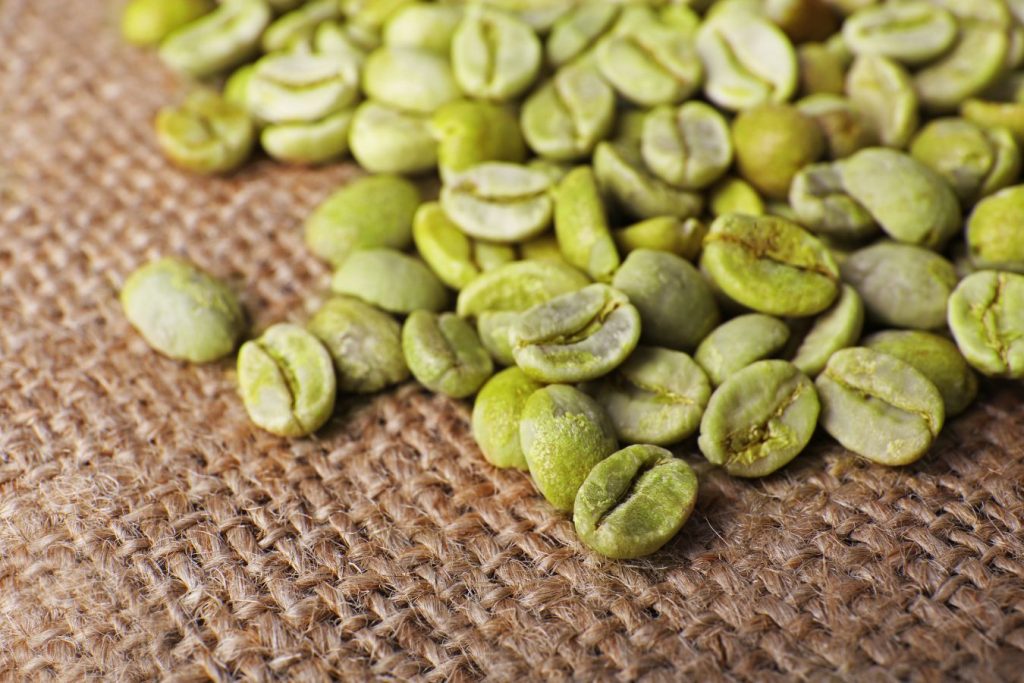
Green coffee beans are hygroscopic and porous. This indicates that they easily take in and hold moisture. For instance, if you keep new green coffee beans close to garlic, the coffee will start to smell and taste like garlic!
The typical individual envisions burlap or jute bags of coffee beans when they think about bulk coffee storage. It’s typical to see images of farmers holding up stacks of these sacks. However, it’s a fact that putting porous bags on coffee beans causes moisture content issues. Plastic bags are on the other end of the spectrum from permeable woven bags. Condensation buildup in plastic bags is an issue. Therefore, there are issues with moisture content once more. Green beans that have lost their flavor and aroma may as a result of this. Beans that have gone bad could result.
The two extremes of packaging coffee beans are when it is overly porous and not porous enough. Fortunately, packaging professionals keep coming up with new ideas while keeping in mind the following crucial coffee bean storage factors:
- Temperature
- moisture levels
- Light intensity
- Pests
- Options for packing
- Time-saving
Moisture Content
As green coffee beans move from harvest to roasters, their levels of moisture alter. Coffee beans have about 50% moisture when they are gathered but have not yet been processed. The moisture level of the raw beans has risen to roughly 11% by the time the producers package them for shipping. The International Trade Center advises a moisture content of this. Recall that various specialty coffees have varying moisture requirements.
As you can see, there is very little room for error from shipment to brewing. Roasters can be sure they are brewing fresh coffee when the coffee beans have been stored in an atmosphere with steady humidity (about 60%). Your beans will develop mold if the humidity is high. Your beans will dry out and lose flavor as a result of lower humidity. Moisture content is a serious problem for quality assurance.
Thermostat Levels
More water molecules can be retained by the air when its temperature rises. In other words, warmer air has more moisture, and cooler air contains less. This supports the logical finding that storing green coffee beans is best done in cool air. Many professionals advise preserving beans at room temperature. Room temperature can range in temperature from 60 degrees to 77 degrees Fahrenheit, depending on who you ask.
Probably, you’ve heard about freezing or chilling beans. It’s not perfect at all. It becomes difficult to absorb flavors and scents. The temperatures, which range from 0 to 40 degrees Fahrenheit, are too extreme even if you can escape the fragrance and flavor issues.
Light Intensity
Most farmers use the sun to dry their picked coffee beans. Given that it doesn’t need any specialized equipment, this is economical. Bright light is just what the coffee bean needs at this point in its development. The moisture content will decrease through this process from approximately 50% to 11%. However, the bean’s time spent in the spotlight should have ended at this point. The beans will lose flavor and perfume as a result of drying out further in the sun. Green coffee beans should be kept in a dark area or in an opaque container, according to experts.
Pests
The most vulnerable containers for insect infestations are the conventional burlap and jute sacks, particularly if the beans are not dried to the appropriate levels. Unroasted coffee beans are attractive to bugs because most of them require moisture to survive. Coffee weevils can diminish a coffee bean’s weight by one-third in just six months. Insects like psocids can infect coffee beans as well. The coffee bean is penetrated by these insects. Before shipping, the majority of goods from developing nations are treated for pests and certified as such. Pests can enter a warehouse even if there are no stowaways on their shipment.
Long periods of storage might cause the beans’ quality and quantity to deteriorate. The good news is that, if you store green coffee in a stable, cold, dark, and pest-free environment, you may keep it for up to twelve months without losing significant flavor and fragrance traits. Your coffee beans will be three to four months old if they are from Central or South America, Indonesia, or India. When you receive your beans, they may be 8 to 12 months old if they come from an African nation. Make sure these times are taken into account when making your storage plans.
Options For Storage And Packaging
The affordability and environmental friendliness of jute or burlap coffee bean bags contribute to their appeal. On the other hand, the producers and roasters cannot afford to lose a shipment due to insect, heat, or humidity damage. Many layers of high barrier polyethylene are used in the containers made by packaging businesses to assist stabilize the storage environment. Consider your unroasted coffee beans like other fresh plant items when deciding on the best storage alternatives. All fresh plant items’ flavor and quality are impacted by factors such as light, heat, air, moisture, time, and pests.
How long is the shelf life of roasted coffee beans?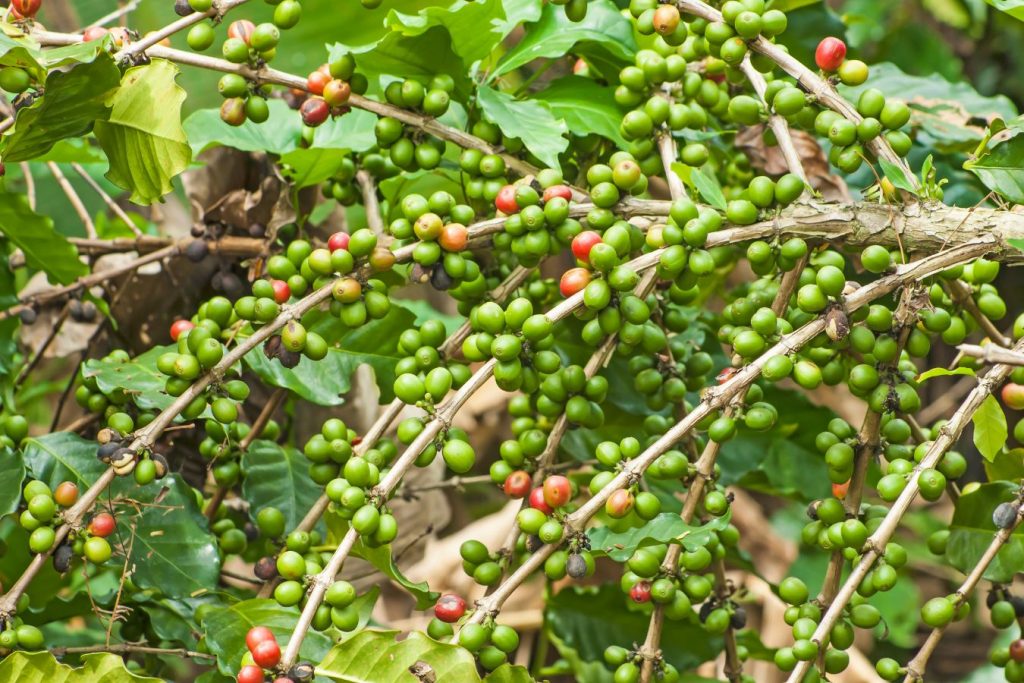
Roasted beans “behave” differently than raw beans. Roasting coffee beans changes their color, flavor, taste, and size, but reduces their shelf life. Only roast coffee beans you’ll consume shortly.
If you need to wait a few days before grinding and brewing roasted beans, you can keep them in various ways.
Tin foil can increase its shelf life to 4 weeks, albeit it’s not ideal. Any serious coffee roaster wouldn’t use this procedure (unless you are in a pinch of course).
Store roasted coffee beans in a sealed four-layer bag (which luckily, CBC offers here). These bags have a valve that lets the roasted coffee’s carbon dioxide escape, preventing over-oxidation. This valve “breathes” the beans.
This method can increase the shelf life of your beans by 6 months, giving you enough time to brew them all before they go bad.
